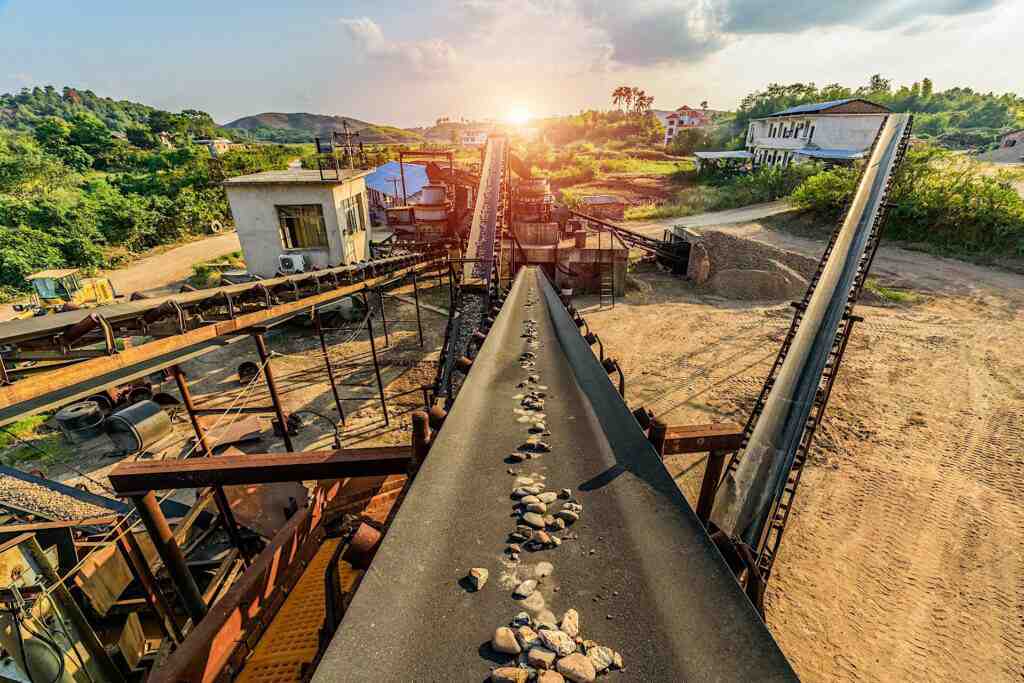
The introduction of the European Sustainability Reporting Standard (ESRS) means that thousands of companies will have to scale up their sustainability reporting and submit to third party audits of their sustainability and financial impact data. Are you ready for the ESRS?
The Corporate Sustainability Report Directive (CSRD) means that any metals and mining companies meeting certain thresholds and operating within the EU must be compliant with the ESRS. The European Commission adopted the Delegated Act on 31st July 2023 and the Act plus Annexes was published on 22nd December 2023.
One way to view it, is that from now on responsibility for sustainability reporting and compliance lies directly with Boards and Chief Financial Officers. Those traditionally responsible for sustainability need to be engaging in critical conversations with the company’s Executive Leadership Teams and the Board of Directors on how to meet the imminent impact disclosure requirements. As an example, France introduced some serious penalties for non-compliance, including potential imprisonment. There may be a need to strengthen boards as well as management teams with the specialist skills required to oversee sustainability reporting in greater depth.
There is currently a huge lack of understanding in the industry as to the level of detail that is required for compliant reporting. Companies should not underestimate the work that will need to be done; responsibilities assigned, processes will need to be defined, systems set up and employees trained, therefore companies should be prioritising and preparing now. On the positive side ESRS provides companies with a strategic framework to integrate sustainability into their overall business strategy.
Double materiality requires companies to report both on their impacts on people and the environment, and on how sustainability issues may impact future cash flows and enterprise value. This means that a reporting company needs to consider both impact materiality and financial materiality, hence ‘double’ materiality. This combination of identified risks is to be expressed as potential cost items in the financial disclosure of a company.
The objective is to provide an understanding of how these risks have (or could reasonably be expected to have) a material influence on the company’s financial position, financial performance and cash flows, over the short, medium and long-term.
For water, this may relate to flood and drought risks that affect production, or the cost of additional water management infrastructure, including desalination plants, effluent treatment plants and water infrastructure to manage extreme weather conditions. For emissions, for example, this may relate to the financial risks of carbon emissions under carbon taxation schemes, and similar cost of capital works to mitigate effects of climate change on operations.
Practically, in the world of mining and smelting, most environmental parameters such as water, GHG, land use and waste are likely to be considered material due to their real or potential impact, and the financial risks environmental compliance or climate issues could cause to their business.
When to report?
For many companies, ESRS will need to be applied to reporting for the 2024 financial year, for reports published in 2025. Timelines are later for SMEs, and there are various phase-in provisions for some subtopics within overall disclosure.
There are announcements of a high level of alignment between ESRS and the standards of the ISSB, together with the Global Reporting Initiative (GRI). The standards do not perfectly align, however, with differences for example as to the definitions of financial materiality between ESRS and the ISSB derived standards. Companies should not assume that compliance with ISSB derived standards will be enough for the ESRS, and likewise.
Scope 3 reporting
While ESRS may not apply to every metals and mining company globally, the impact will be felt throughout the global supply chain, as entities operating in the EU seek additional information from their supply chain partners. This has particular impact with regard to assessments of Scope 3 GHG emissions. ESRS E1 states that “For many undertakings, Scope 3 GHG emissions may be the main component of their GHG inventory and are an important driver of the undertaking’s transition risks”. For precious metal mining companies for example their upstream Scope 3 emissions are a significant component of the total, while for base metal miners the downstream smelting and refining of concentrates is a big component of intensity in addition to upstream Scope 3 Categories.
More transparency, more noise?
The introduction of ESRS comes with an aggressive timeline, with mandatory reporting, big data requirements on water and GHG and clear targets to achieve. There are voluntary sustainability standards present with accompanying certifications, but ESRS is law. The ripple effects will be felt throughout global supply chains which touch the EU.
For many companies, the complexity of the supply chain and how Scope 3 emissions can be quantified appropriately is a mammoth task. Especially where intermediates such as traders are involved in the supply chain and so traceability of an opaque downstream supply chain can be difficult through multiple levels. Where partner-supplied emissions are unavailable, the question is how to produce robust benchmarks of the emissions or water use of entities?
In addition, with further disclosure requirements coming in the shape of the ESRS and IFRS S2, more information will be presented to shareholders, regulators, and investors. But crucially these reporting regulations and existing voluntary standards do not provide any assessment of whether a company is “sustainable” or not. They are about reporting. In a growing sea of information, companies will continue to need to differentiate themselves from peers in crowded investment markets.
As the visibility and transparency of reporting increases, the need for robust, granular GHG and water benchmarking will only increase.
To discuss topics raised in this edition of the Skarn Bulletin, Contact Raymond Philippe, Manager, Skarn Water.
MORE FROM SKARN

About Us
Skarn Associates is the market leader in quantifying and benchmarking asset-level greenhouse gas emissions, energy intensity, and water use across the mining sector.
